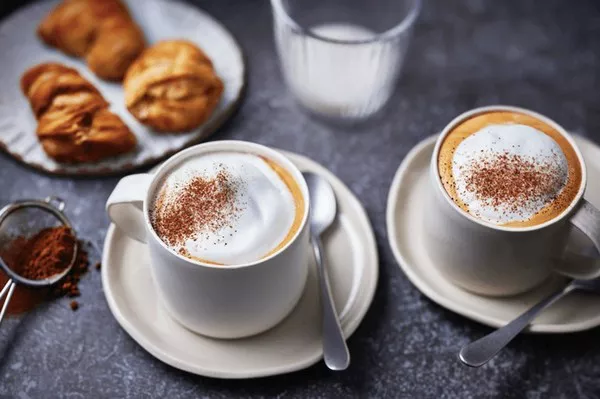A coffee percolator is a classic brewing device designed to continuously cycle boiling water through coffee grounds to extract flavor and aroma. Its historical significance lies in its role as one of the earliest methods of automatic coffee brewing, popular throughout the 19th and 20th centuries. Despite its decline in popularity with the advent of newer brewing technologies, the percolator remains a symbol of traditional coffee preparation.
The Early Days of Coffee Brewing
Before the invention of the coffee percolator, coffee brewing was a manual and often labor-intensive process. Methods included boiling coffee grounds directly in water, which could lead to inconsistent flavors and over-extraction. Drip brewing, where hot water was poured over coffee grounds placed in a filter, was also common but required careful attention to ensure proper saturation and extraction.
These traditional methods had limitations: boiling coffee often resulted in a bitter taste due to prolonged exposure to high temperatures, while drip brewing required a steady hand and patience to achieve a balanced brew. The challenges included variability in flavor, difficulty in controlling extraction, and the need for continuous supervision during the brewing process.
The Invention of the Percolator
Identify the inventor: The modern coffee percolator as we know it was invented by Sir Benjamin Thompson, also known as Count Rumford, an Anglo-American physicist and inventor.
Explain the context of the invention: In the early 19th century, technological advancements and the Industrial Revolution spurred innovations in everyday appliances, including coffee brewing devices. Count Rumford, known for his contributions to heat transfer and kitchen technology, conceptualized the percolator as a means to automate and improve the coffee brewing process.
Describe the original design: Count Rumford’s percolator featured a pot with a central tube extending from the bottom to the top of the pot. Water was heated in the bottom chamber, and as it boiled, it would rise up through the central tube, then percolate down through a basket of coffee grounds placed above the water level. This continuous cycling ensured that the water passed through the coffee grounds multiple times, extracting flavor and aroma.
The early percolators were typically made of metal, often copper or stainless steel, to withstand high temperatures. They were designed for stovetop use and required a source of heat to operate effectively.
Highlight the inventor’s motivations: Count Rumford’s motivation was to create a coffee brewing device that would simplify the process while enhancing flavor consistency. His percolator aimed to deliver a stronger, more robust coffee by repeatedly cycling water through the grounds, thereby achieving a more intense extraction than traditional methods.
See Also: Which Single Serve Coffee Maker Is Best
The Evolution of the Percolator
Trace the design changes: Over time, the design of the percolator evolved to address various shortcomings and improve user experience. Innovations included better heat distribution, improved filters to prevent grounds from entering the brewed coffee, and modifications for electric stovetops and eventually electric heating elements.
Mention key inventors and their contributions: Throughout the 19th and 20th centuries, inventors such as Hanson Goodrich and Joseph-Henry-Marie Laurens made significant contributions to percolator design. Goodrich patented a stove-top percolator with an improved design for better water circulation, while Laurens introduced electric percolators that automated the brewing process even further.
Discuss the rise and decline of the percolator: The percolator reached the height of its popularity in the mid-20th century when electric models became widespread in homes and offices. However, its decline began with the rise of drip coffee makers in the 1970s, which offered a more controlled brewing process and produced less bitter coffee. By the late 20th century, percolators had largely fallen out of favor among coffee enthusiasts seeking more nuanced flavors and lighter brews.
The Legacy of the Percolator
Discuss its impact on coffee culture: Despite its decline, the percolator had a lasting impact on coffee culture. It democratized coffee brewing by providing an accessible method for households to enjoy freshly brewed coffee. Its distinct aroma and robust flavor became synonymous with morning rituals and social gatherings.
Highlight its lasting influence: Today, while percolators are less commonly used in Western countries, they remain popular in some parts of the world and continue to be appreciated for their unique brewing style. The nostalgia associated with percolated coffee persists, and vintage models are often sought after by collectors and enthusiasts.
Conclusion
The invention of the coffee percolator revolutionized coffee brewing by introducing a method that combined automation with intensity of flavor. While newer technologies have since overshadowed the percolator, its legacy as an early pioneer in automatic coffee brewing remains significant in the broader history of coffee culture.


